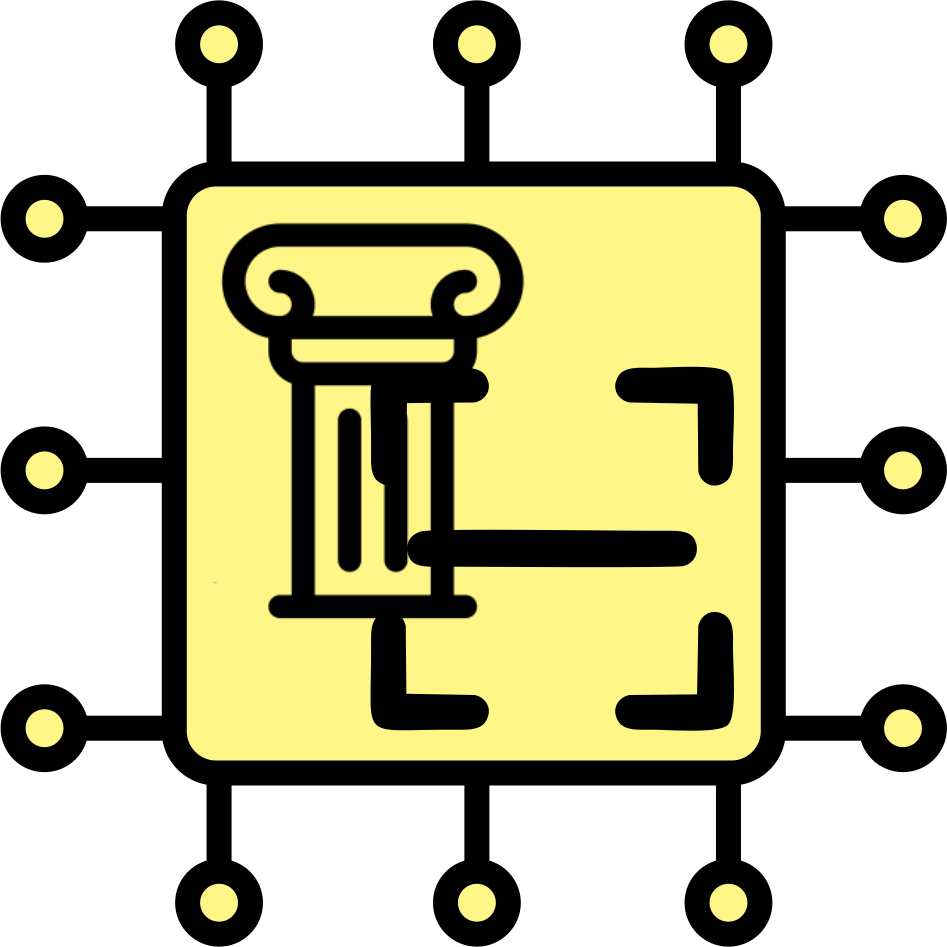EstiloApp
Sub-projeto do Goiaz Digital
Teste de aplicativos de Machine Learning de identificação de estilos arquitetônicos, para ser utilizada por turistas em visitas presenciais. Basta apontar a câmera do celular para a edificação e o aplicativo retorna o estilo mais compatível. Tais aplicativos se utilizam de inteligência artificial e aprendizado de máquina (mais especificamente aprendizagem profunda - Deep Learning, em inglês).
Como funciona o treinamento Foi utilizada uma base pré-treinada. Tais aplicativos funcionam por meio da comparação de imagens e são treinados por uma base com diversas imagens de edificações de um mesmo estilo arquitetônico. A máquina geralmente procura por padrões de imagem que representem elementos que se repetem e, a partir daí, define o estilo mais semelhante. Esse aplicativo foi treinado para os estilos Colonial, Eclético, Art-Dèco e Moderno e para cada estilo foram utilizadas entre 100 e 120 imagens, num total de 460 imagens.

Resultados
Referências
Badrinarayanan, V.; Kendall, A.; Cipolla, R.. Segnet: A deep convolutional encoder-decoder architecture for image segmentation. arXiv preprint arXiv:1511.00561 (2015).
BUGEJA, M.; GRECH, E.M. Using technology and gamification as a means of enhancing users’ experience at cultural heritage sites. In: SEYCHELL, D.; DINGLI, A. (Eds.). Rediscovering heritage through technology: A collection of innovative research case studies that are reworking the way we experience heritage. V. 859. Cham: Springer, 2020. p 69-89. (Studies in Computational Intelligence)
CHIOVATTO, M. Watson: Uso de Inteligência Artificial (AI) e processos educativos em museus. Revista Docência e Cibercultura, [s.l.], v. 3, n. 2, p. 217-230, set. 2019. Disponível em: <https://www.e-publicacoes.uerj.br/index.php/re-doc/article/view/40293/30495>. Acesso em: 25 jun. 2021. doi:https://doi.org/10.12957/redoc.2019.40293.
ESCOVEDO, T.; KOSHIYAMA, A.S. Introdução a Data Science: Algoritmos de Machine Learning e métodos de análise. São Paulo: Casa do Código, 2020.
GABRIEL, M. Educ@r: a (r)evolução digital na educação. São Paulo: Saraiva, 2013.
PEZZICA, C.; SCHROETER, J.; PRIZEMAN, O.; JONES, C.; ROSIN, P. Between images and built form: Automating the recognition of standardised building components using Deep Learning. ISPRS Annals of Photogrammetry, Remote Sensing and Spatial Information Sciences. v. IV-2, n. W6, p. 123-132, 2019. Disponível em: https://www.researchgate.net/publication/335413433_between_images_and_built_form_automating_the_recognition_of_standardised_building_components_using_deep_learning. Acesso em: 25 jun. 2021.
RICCA, D.E.P.; MAZZILLI, C.T.S. Difusão da informação em museus: tecnologia digital, interação e diálogo. V!RUS, São Carlos, n. 19, 2019. [online] Disponível em: http://www.nomads.usp.br/virus/virus19/?sec=4&item=12&lang=pt. Acesso em: 23 jun. 2021.
SEYCHELL, D.; DINGLI, A. Preface. In: In: SEYCHELL, D.; DINGLI, A. (Eds.). Rediscovering heritage through technology: A collection of innovative research case studies that are reworking the way we experience heritage. V. 859. Cham: Springer, 2020. p. vii-viii. (Studies in Computational Intelligence)
YOSHIMURA, Y.; CAI, B.; WANG, Z.; RATTI, C. Deep Learning architect: Classification for architectural design through the eye of artificial intelligence. 2019. [online] Disponível em: <https://www.researchgate.net/publication/332997690_Deep_Learning_Architect_Classification_for_Architectural_Design_Through_the_Eye_of_Artificial_Intelligence>. Acesso em: 25 jun. 2021.
YUS, F. Putting relevance at centre stage in all research on human activity on the Internet. Relevance: Discourse and Translation. Warsaw/Polônia, set. 2012. Disponível em: <https://www.researchgate.net/publication/316600929_Putting_relevance_at_centre_stage_in_research_on_human_activity_on_the_Internet>. Acesso em: 25 jun. 2021.
